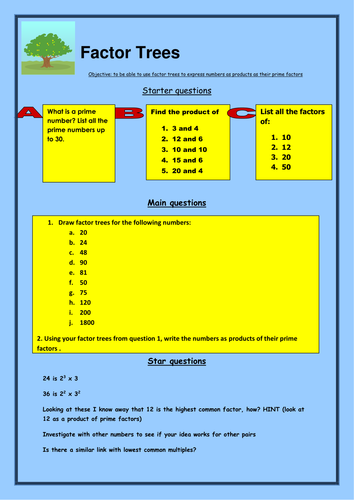Number: Factors, multiples and primes
The concepts explored in this chapter underpin many techniques and proofs in mathematics and are the basis of an extensive area of academic research known as number theory.
This topic will likely be studied alongside others on number properties, multiplication and division, as they are so closely intertwined. In fact, these concepts have connections across the majority of topic areas. Lowest common multiples, for example, crop up when adding fractions and factors playing a vital role in tessellation.
Broadly speaking, pupils will learn that if one number goes into another number evenly, then it is a factor of the number it goes into. For example, 5 goes into 10 evenly (ie, without a remainder), so 5 is a factor of 10. Similarly, as 2 goes into 10 evenly, 2 is also a factor of 10.
Pupils will also see that multiples are the opposite of factors and will understand that if you multiply a number by an integer, then the new number is a multiple of the first. For example, 10 × 7 = 70, so 70 is a multiple of 10.




